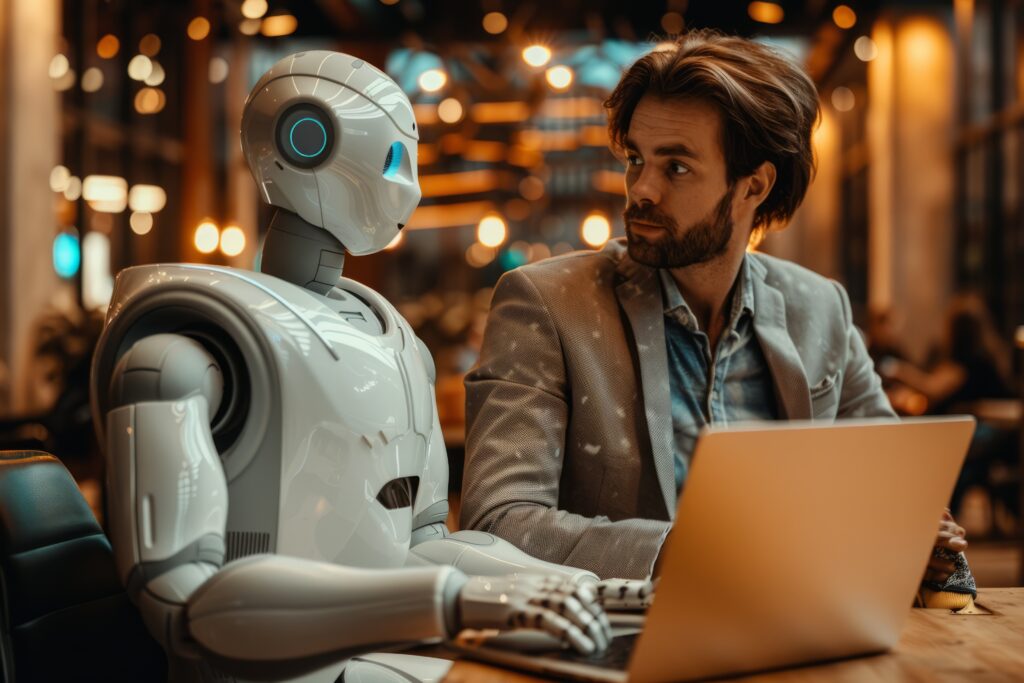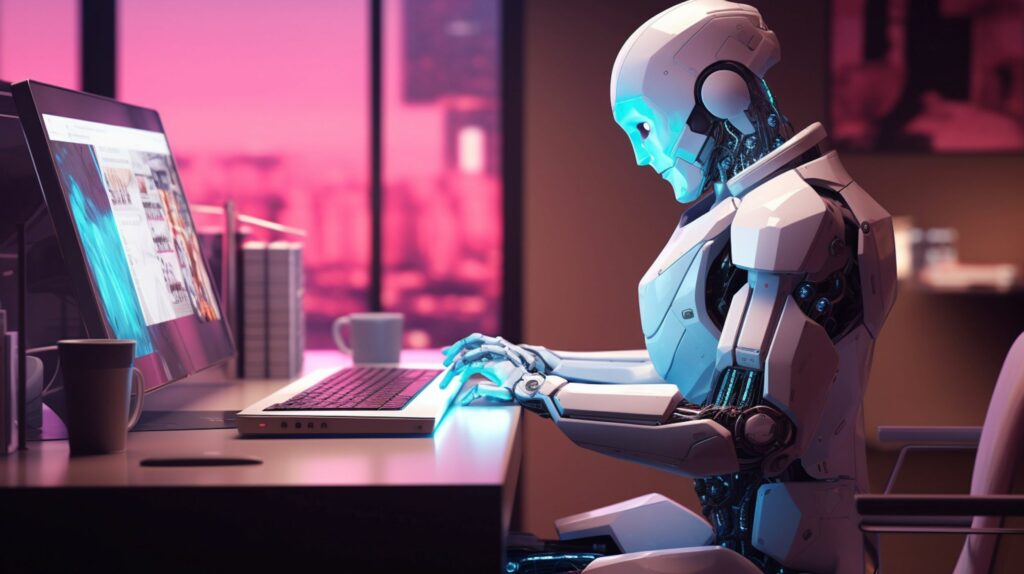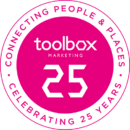By Daniella Sharman, Senior Graphic Designer.
As I sit here gazing into the future towards 2026, my mind wanders into the future of my career as a Graphic Designer. When I first started my career 13 years ago, AI wasn’t a ‘thing’, and it is now very much a part of all of our lives.

If you have worked in the design industry over the last few years, there is a pretty big chance you’ve played around with AI tools. From DALL·E to mock up visuals, Midjourney for a mood board, or ChatGPT to help refine your copy. These tools have naturally snuck into our day-to-day lives, our personal assistants if you will! By 2026, AI won’t just be an assistant – it will play a bigger role in supporting the design process. But even as AI takes on more of the groundwork, the designer still leads the creative direction.
I am a traditional designer and still use AI as an assistant myself, but AI is undoubtedly getting more intelligent, and we’re entering the age of AI-first design. The design process doesn’t have to start with the designer; it can start with AI. Instead of us prompting AI to help refine our ideas, more and more creatives are letting AI begin the process – mocking up the first draft and initial layout, deciding the colour scheme and contributing to the tagline. The designer will still play a critical role, but more as a curator, refining the design and directing.
Introducing the idea of a ‘zero draft’… Instead of starting with a blank artboard, AI can generate a rough foundation to spark ideas. It’s not a fully-formed design, but a springboard a starting point that the designer shapes into something original, relevant and client-ready.. With a simple instruction brief, AI generates a full layout with suggested colours, typography, including relevant imagery and even writes copy. It’s not a rough sketch, it’s version one! It may not be the final design, but it’s definitely a strong start, and that’s powerful.

This helps design workflows to become faster and more efficient. What used to be a longer process with research and multiple design alterations, starting any job, everything is becoming a lot more compressed. AI may speed up the early stages, but it’s the designer who shapes the concept, makes the creative decisions, and brings the work to life. The human touch isn’t an add-on, it’s the part that makes the design truly work. Designers are shifting from production mode to a strategic mode and are spending more time thinking and refining, and less time on the manual side.
I’m still on the fence for this new age era of design, as I love nothing more than researching and learning before executing the creative – that’s my favourite part! Although this is an exciting time for the progression of AI, the one thing AI cannot do is storytelling, add cultural awareness and bring emotional intelligence and ethics to the table. The designer’s place is not just about executing ideas but adding creative energy. Acting as a filter, the editor is the one responsible for adding that human touch. The designer will still own the visual, but AI will help reach it faster.
This shift in design will definitely come with its challenges. If AI is creating the first draft of everything, it could become a challenge for junior designers to learn the craft. If AI pulls ideas from the internet, who will own the work? And if everything starts looking like a template, where does the originality come from? I think these are the most important questions to consider and to remind everyone that technology doesn’t just change how we design, it challenges us to think about why and who we’re designing for in the first place.
Ultimately, AI isn’t about replacing creativity or designers, it’s about re-shaping the process so designers can spend more time where it really matters: solving problems, telling stories, and creating work that feels human. AI isn’t going anywhere, and it’s not about competing with it but embracing it and collaborating with it to guide it and to make sure our work still feels human and relatable to the client and the brief. The best designers in 2026 will be the ones who learn to embrace these tools without losing their own creativity and making sure that the creative outputs look like something only the human mind could come up with. So if you find yourself with an AI draft as your first concept, take it and make it yours. Shape it into something better because design still starts and ends with you.
